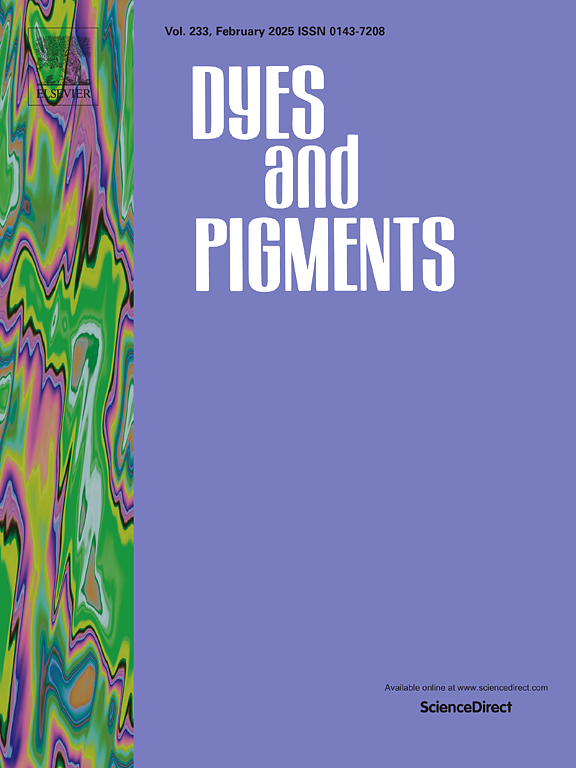Highly stable and safe biocompatible black tattoo ink based on Pluronic polymer-coated carbon black nanoparticles
IF 4.1
3区 工程技术
Q2 CHEMISTRY, APPLIED
引用次数: 0
Abstract
The tattoo industry has evolved in recent decades with the increasing prevalence of tattooing. However, the development of ink components, specifically pigments with adequate stability and biocompatibility under physiological conditions remains challenging. In this study, to develop safer pigments for tattoo inks, carbon black (CB) was stabilized with different types of Pluronic polymers and characterized in vitro and in vivo. The effects of the polymer templates on the preparation, morphology, and properties of Pluronic-coated carbon black nanoparticles (CB/Plu NPs) were investigated and optimized using various analytical techniques. In particular, CB/Plu NPs with PF127 at a weight ratio of 1:5 exhibited a high coating yield and dispersion stability. CB/Plu NPs with PF127 possessed spherical morphology with uniform sizes of 158 nm and did not cause cytotoxic effects, cellular morphological changes, or oxidative stress in vitro. Intradermally injected CB/Plu NPs maintained an intense black color for 16 weeks without histological changes in the isolated dorsal skin of a rat. These results suggest that aqueous dispersions of CB/Plu NPs can potentially be used as a highly stable and safe black tattoo ink.

求助全文
约1分钟内获得全文
求助全文
来源期刊

Dyes and Pigments
工程技术-材料科学:纺织
CiteScore
8.20
自引率
13.30%
发文量
933
审稿时长
33 days
期刊介绍:
Dyes and Pigments covers the scientific and technical aspects of the chemistry and physics of dyes, pigments and their intermediates. Emphasis is placed on the properties of the colouring matters themselves rather than on their applications or the system in which they may be applied.
Thus the journal accepts research and review papers on the synthesis of dyes, pigments and intermediates, their physical or chemical properties, e.g. spectroscopic, surface, solution or solid state characteristics, the physical aspects of their preparation, e.g. precipitation, nucleation and growth, crystal formation, liquid crystalline characteristics, their photochemical, ecological or biological properties and the relationship between colour and chemical constitution. However, papers are considered which deal with the more fundamental aspects of colourant application and of the interactions of colourants with substrates or media.
The journal will interest a wide variety of workers in a range of disciplines whose work involves dyes, pigments and their intermediates, and provides a platform for investigators with common interests but diverse fields of activity such as cosmetics, reprographics, dye and pigment synthesis, medical research, polymers, etc.
 求助内容:
求助内容: 应助结果提醒方式:
应助结果提醒方式:


